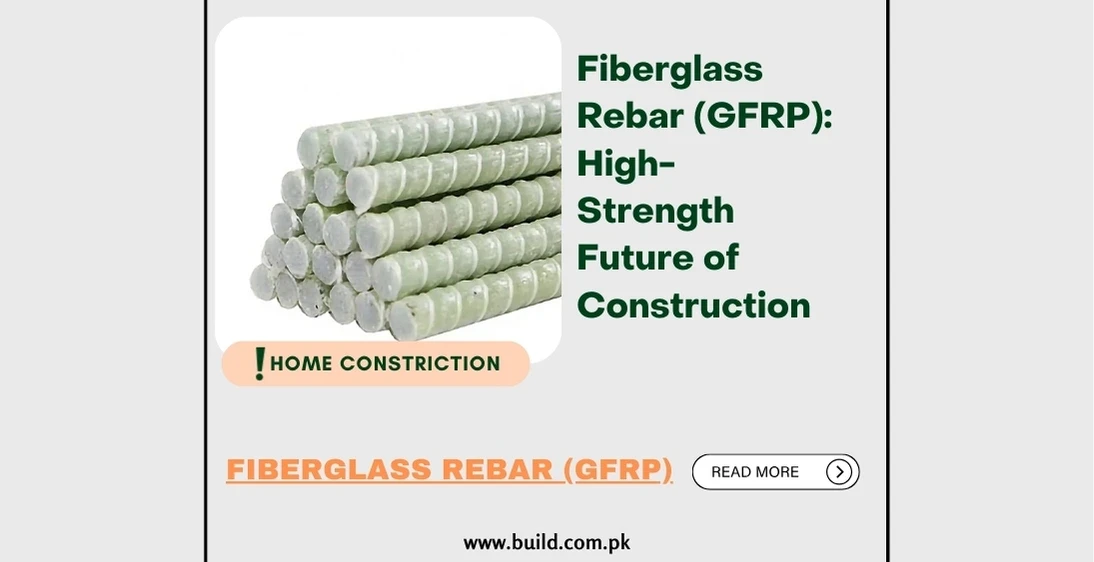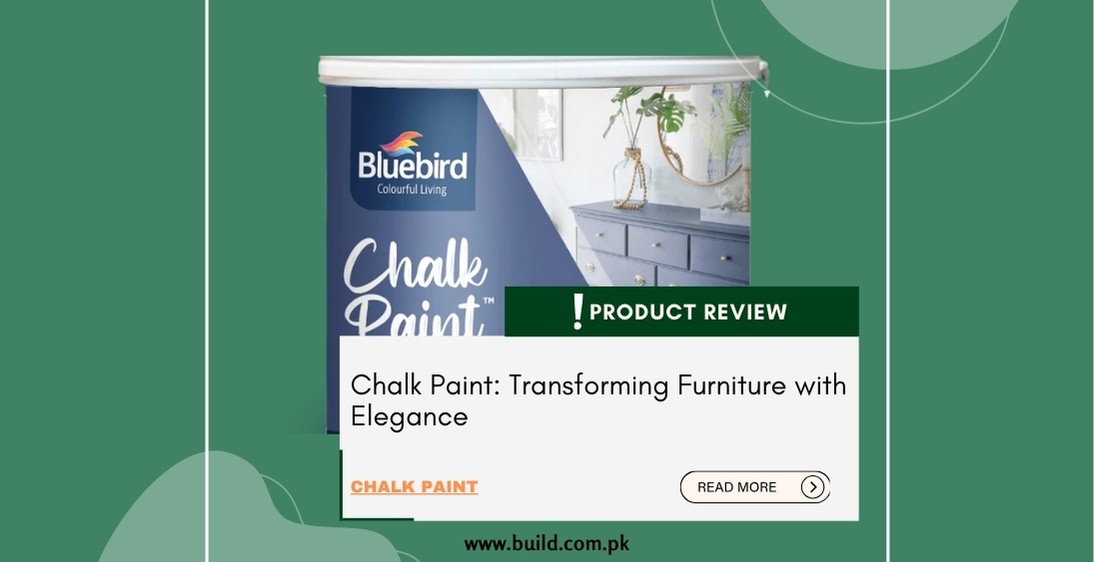Roof Coating: Ultimate Guide to Roof Coating

Introduction:
Roof
coating is an essential part of maintaining and extending the lifespan of your
roof. It serves as a protective layer that shields your roof from the elements,
enhances energy efficiency, and can even improve the overall aesthetics of your
home. This comprehensive guide will cover everything you need to know about
roof coating, including types, benefits, application processes, and maintenance
tips.
Understanding Roof Coating
What is Roof Coating?
Roof
coating is a fluid-applied roofing membrane that offers an additional layer of
protection for your roof. It is designed to extend the life of your roof by
providing a seamless, waterproof barrier that protects against UV rays, rain,
wind, and temperature fluctuations.

Types of Roof Coatings
Acrylic Roof Coating:
Acrylic roof coatings are water-based and environmentally friendly. They are popular due to their reflective properties and durability.Excellent UV protection, easy application, and cost-effective. Flat or sloped roofs, including metal, asphalt, and single-ply roofing systems.
Silicone Roof Coating:
Silicone coatings are highly resistant to ponding water and UV rays. They remain flexible and intact under extreme weather conditions. Superior waterproofing, long-lasting, and withstands extreme temperatures. Flat roofs, areas prone to heavy rainfall, and regions with high UV exposure.
Polyurethane Roof Coating:
Polyurethane coatings are known for their durability and resistance to impact and foot traffic. They come in two types: aromatic and aliphatic.High resistance to impact and abrasion, excellent adhesion to various surfaces. Commercial roofs with high foot traffic and industrial applications.
Elastomeric Roof Coating:
Elastomeric coatings are flexible and can expand and contract with temperature changes. They provide a highly reflective and protective layer. Extreme flexibility, excellent adhesion, and reflective properties. Roofs with minor cracks and leaks, and areas with significant temperature fluctuations.
Benefits of Roof Coating
Prolongs Roof Lifespan:
Applying
a roof coating can significantly extend the life of your roof by protecting it
from harsh weather conditions, UV rays, and physical damage. This added layer
of protection helps to prevent premature aging and deterioration of the roofing
material.
Energy Efficiency:
Reflective
roof coatings, such as acrylic and elastomeric coatings, can reduce the amount
of heat absorbed by the roof. This results in lower indoor temperatures,
reducing the need for air conditioning and ultimately lowering energy bills.
Cost-Effective Maintenance:
Roof
coatings are a cost-effective alternative to a full roof replacement. They can
be applied over existing roofing materials, saving on labor and material costs.
Regular maintenance and reapplication of roof coatings can further delay the
need for a complete roof overhaul.
Improved Waterproofing:
Roof
coatings provide a seamless, waterproof barrier that protects against leaks and
water damage. Silicone and polyurethane coatings are particularly effective at
preventing ponding water and sealing minor cracks and seams.
Enhanced Aesthetics;
A
fresh coat of roof coating can improve the appearance of your roof, giving it a
clean and uniform look. This is particularly beneficial for older roofs that
have become discolored or worn over time.
Application Process
Preparation:
Thoroughly inspect the roof for any damage, such as cracks, leaks, or loose materials. Make necessary repairs before applying the coating. Clean the roof surface to remove dirt, debris, and any existing coatings. Pressure washing is often recommended for a thorough clean.Apply a primer if required by the type of roof coating being used. This helps to ensure better adhesion of the coating to the roof surface.
Application:
Check the weather forecast to ensure optimal conditions for application. Avoid applying roof coatings during extreme temperatures or when rain is expected. Mix the roof coating thoroughly to ensure an even consistency. Follow the manufacturer’s instructions for mixing ratios and procedures. Apply the coating using a roller, brush, or sprayer, depending on the size and complexity of the roof. Ensure even coverage, paying extra attention to seams, edges, and areas prone to leaks. Allow the coating to cure according to the manufacturer’s instructions. This may take several hours to days, depending on the type of coating and weather conditions.
Maintenance:
Conduct regular inspections to identify any signs of wear or damage. Address issues promptly to maintain the integrity of the coating. Clean the coated roof periodically to remove dirt, debris, and organic growth. Use gentle cleaning methods to avoid damaging the coating. Roof coatings typically need reapplication every 5-10 years, depending on the type of coating and environmental conditions. Regular reapplication helps to maintain the protective properties of the coating.
Conclusion:
Roof coating is an effective and economical way to extend the life of your roof, improve energy efficiency, and enhance the overall appearance of your home. By choosing the right type of coating, following proper application procedures, and maintaining the coating regularly, homeowners can enjoy the benefits of a well-protected and durable roof. Investing in roof coating not only protects your home but also provides long-term savings and peace of mind.









